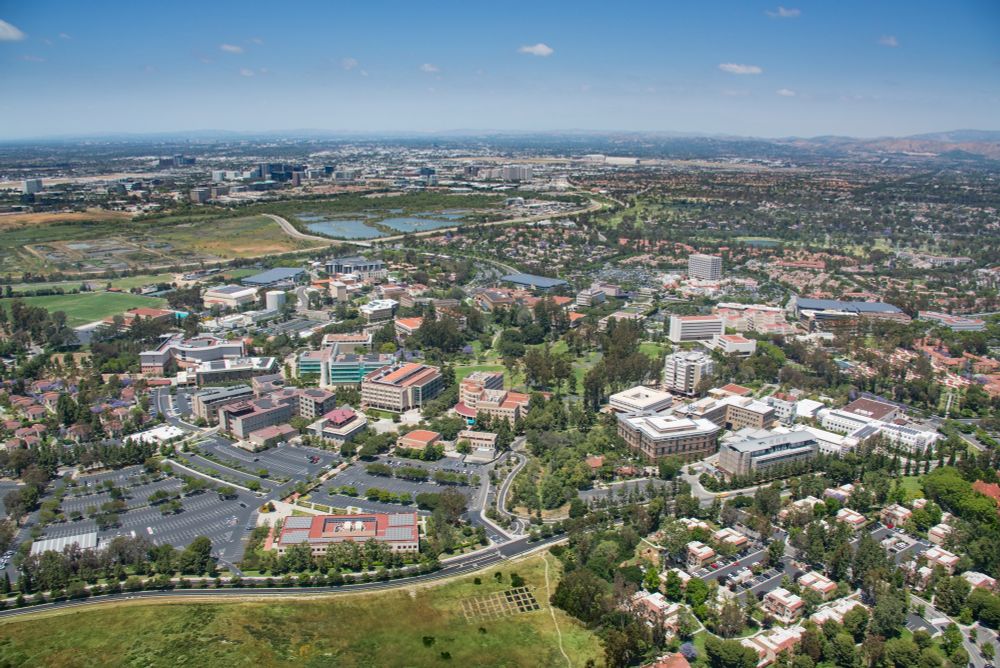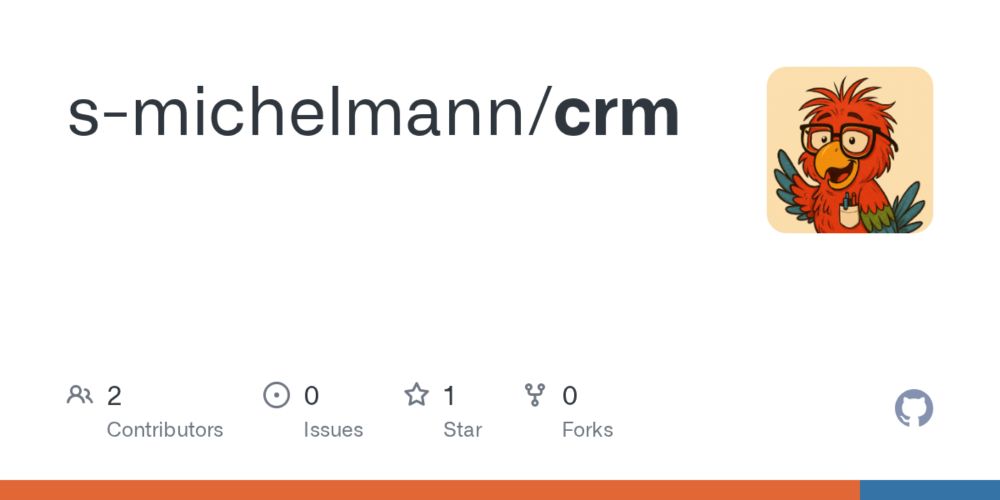Sebastian Michelmann
@s-michelmann.bsky.social
770 followers
400 following
54 posts
Cognitive neuroscientist (Assistant Professor at NYU), human episodic memory, M/EEG, ECoG, and behavior. How do we reinstate temporally dynamic, information-rich memories?
Posts
Media
Videos
Starter Packs
Reposted by Sebastian Michelmann
Reposted by Sebastian Michelmann
Reposted by Sebastian Michelmann
Reposted by Sebastian Michelmann
Reposted by Sebastian Michelmann
Reposted by Sebastian Michelmann
Reposted by Sebastian Michelmann
Reposted by Sebastian Michelmann
Reposted by Sebastian Michelmann
Reposted by Sebastian Michelmann









